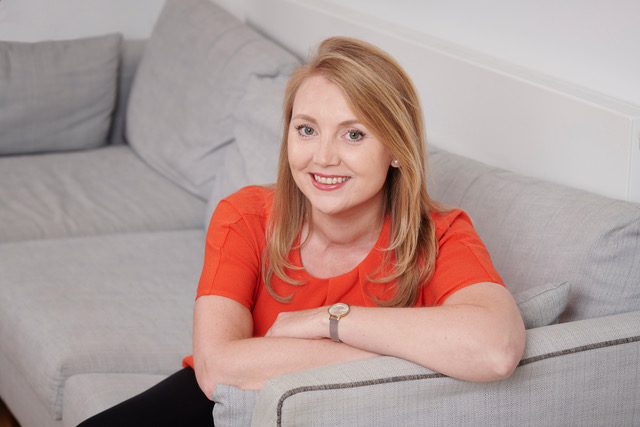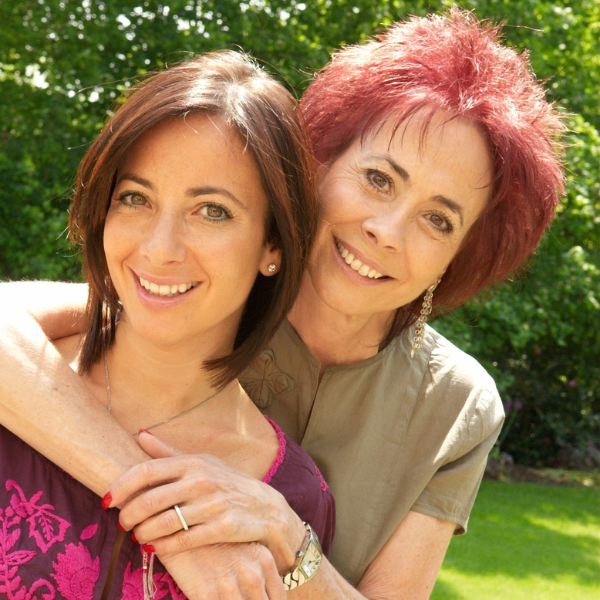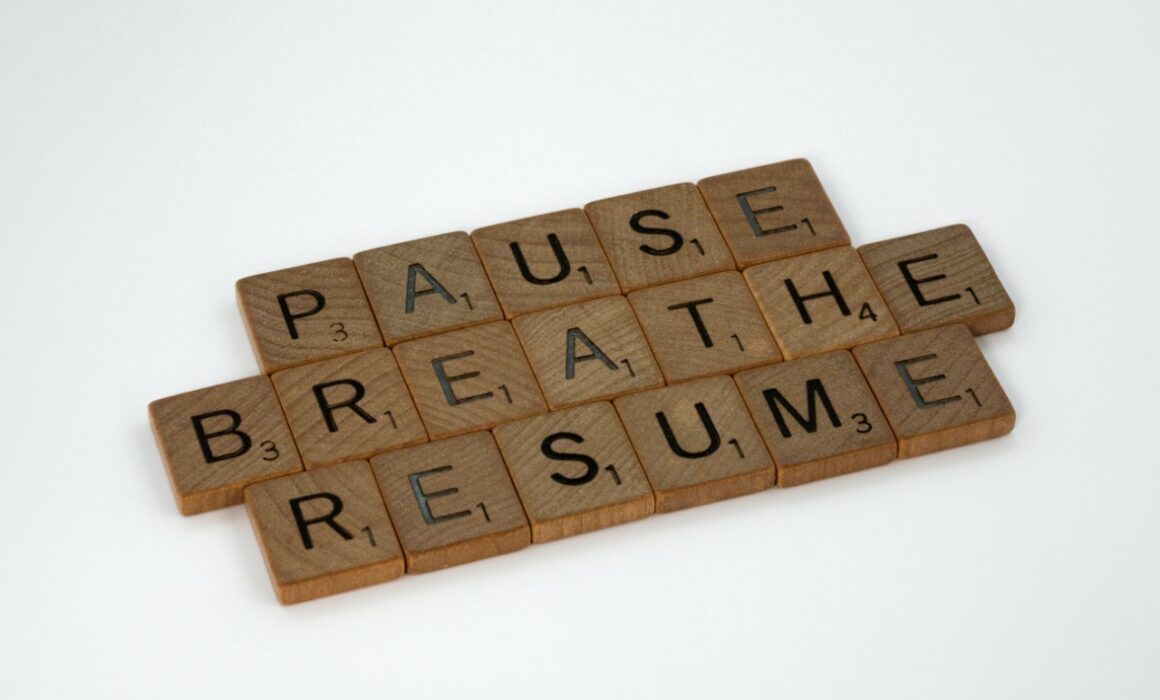
Coping with the overwhelm of a breast cancer diagnosis is challenging but there are techniques and tools that can help. This article explores how breathing exercises can help you manage your mind and your symptoms, both during and after cancer.
By Louisa Rasmussen
“As long as you are breathing, there is more right with you than there is wrong…” Jon Kabat-Zinn
In 2017, shortly after being diagnosed with secondary breast cancer which had spread to the liver, I recall reading this quote and it gave me some hope. I needed that! If I was breathing, I was still alive. All hope was not lost. The problem was, I was a severe asthmatic and never knew what healthy breathing was. Stage 4 cancer forced me to get my breath back, to breathing better. In the weeks between getting diagnosed and awaiting to commence six cycles of EC chemotherapy at Guys Cancer Centre, I started to practice slowing my breath down.
Breath Comes First
We can live without food and water for much much longer than we can without our breath. We spend a lot of time and energy thinking about what to eat, ensuring that we stay hydrated but how much time do we spend on breathing exercises that will help us breathe better when breathing is vital for life?
Oxygen saturation (SaO2) is the percentage amount of haemoglobin saturated with oxygen. Normal oxygen saturation is 94/95-100%. Anything under 92% requires medical attention. Reduced SaO2 means that there is less availability of oxygen to the cells and increased free radicals causing oxidative stress.
Having low levels of oxygen can be linked to chronic heart disease, diabetes and neuropathy and some studies have shown that it may contribute to the growth of cancerous cells. Furthermore, starvation of normal levels of oxygen (known as hypoxia) can contribute to anxiety.
“A healthy mind has an easy breath” – Unknown
Everyday, we take around 22,000 breaths and each breath has an effect on our physiology. One important example is that every time we inhale, our heart rate increases and every time we exhale, our heart rate decreases. Every cycle of breath influences our heart rate and our nervous system which governs many of our bodily functions. Our brain is also very sensitive to oxygen levels and patterns of breathing. If neurons don’t receive oxygen for a few minutes they die.
How we breathe also plays a huge part on how we are feeling emotionally and affects are energy levels. Oxygen is the overlooked nutrient for energy. It is estimated that around 70% of our metabolic energy comes from breathing and only 20% from food. We can access a huge amount of energy at anytime, using our breath.
How are you breathing today?
Some cancers and cancer treatments can affect our breathing and our respiratory system. If we are feeling stressed and anxious around scans and appointments, our breathing can change and likely be short and shallow. Our hormones also have an effect on our breathing patterns. It’s normal for our breath to change depending on our personal circumstances but there are things that we can do to breathe better with what we are going through.
Let’s get back to breathing basics
I was a severe asthmatic and no one explained the basics of good healthy breathing.
Quite simply, a healthy breath is:
- in and out of the nose
- slow
- soft
- low
- easy
- horizontal/diaphragmatic
- the tongue rests at the roof of the mouth (which is the base of your nose)
- teeth are slightly apart, releasing tension in the jaw
Breathwork 101: Breath Awareness
Take a moment now to allow yourself to check in with your breath.
- Place one hand on the belly and one hand on the chest.
- Notice the belly rise and fall.
- Soften your shoulders and your belly.
- Are you breathing in and out of the nose?
- Is your jaw tense? Release it now.
- Is your tongue resting on the roof of the mouth?
- Are your teeth slightly apart?
- Is your breath light and slow?
- Can you feel your lower ribs moving?
- Can you feel your breath at the sides and perhaps even a little at the back of the body?
- Take 4 slow soft gentle nasal breaths now.
Feeling breathless?
- If/when you’re feeling breathless, focus on the exhale first.
- Either using your nose or through pursed lips (as if you are breathing through a straw), exhale the air out softly while gently squeezing the air out, remember be gentle, no need to force it.
- Then inhale slowly through the nose if you can or using the pursed lips again.
- Repeat that 3 times then breathe normally.
- Notice how you feel.
Got scanxiety?
- Bring to mind as best as you can a colour that brings you peace and calm and then…
- breathe in through your nose for a count of 4
- gently pause the breath for 2 seconds
- breathe out through the nose, if you can, for a count of 4
- gently pause again for 2
- repeat 4 times then return to your natural breathing pace
- notice how you feel
Well done for practicing some breathing exercises. Treat yourself now to your favourite herbal tea or juice.
One day at a time. One appointment at a time. One breath at a time.
About the author
Louisa Rasmussen is a stage 4 breast cancer patient and founder of www.breathebalancebe.com. You can get Louisa’s Good Breath Guide free at www.breathebalancebe.com. If you have any questions or would like a free chat with Louisa, please contact her via her website or social media: you can follow her on Instagram @louisa.breathebalancebe and FaceBook @breathbalancebe

*Featured image by Brett Jordan
Further information
Future Dreams hold a range of support groups, classes, workshops and events to help you and your carers during your breast cancer diagnosis. These are held both online and in person at the London-based Future Dreams House. To see what’s on offer and to book your place, see here.
To return to the homepage of our Information Hub, click here where you can access more helpful information, practical advice, personal stories and more.
September 2022
The information and content provided in all guest articles is intended for information and educational purposes only and is not intended to substitute for professional medical advice. It is important that all personalised care decisions should be made by your medical team. Please contact your medical team for advice on anything covered in this article and/or in relation to your personal situation. Please note that unless otherwise stated, Future Dreams has no affiliation to the guest author of this article and he/she/they have not been paid to write this article. There may be alternative options/products/information available which we encourage you to research when making decisions about treatment and support. The content of this article was created by Louisa Rasmussen and we accept no responsibility for the accuracy or otherwise of the contents of this article.
Share

Support awareness research
Donate to those touched by BREAST cancer
Sylvie and Danielle began Future Dreams with just £100 in 2008. They believed nobody should face breast cancer alone. Their legacy lives on in Future Dreams House. We couldn’t continue to fund support services for those touched by breast cancer, raise awareness of breast cancer and promote early diagnosis and advance research into secondary breast cancer without your help. Please consider partnering with us or making a donation.



